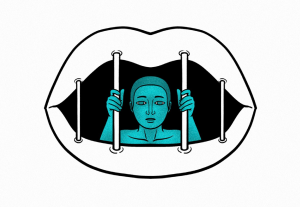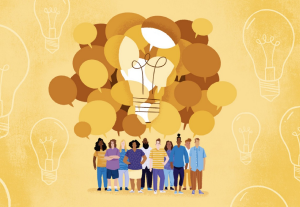- Customer Experience, Design, Design Theory, Usability, UX Education, UX Magazine
The idea of design systems can be found throughout history. In order to meet expanding needs, designers turn to design systems to streamline design with the hopes of providing value at lower cost and effort.
Article by Tony Olsson
The Best Design System Is No System
- The idea of design systems might still be new to some but fairly established in UI design for some years now while the idea of a systemized approach to design can be found throughout history.
- Tony Olsson, Lead Product Designer at Axis Communications, makes you question the capabilities of a system by recollecting past history events.
- The ideas behind design systems are based on system thinking which assumes that a whole can not be fully explained in terms of its parts and can not be understood without reference to its environment.
- The design system encourages fragmentation and isolation of design problems with clear answers, constraints, feedback loops in linear stages.
Share:The Best Design System Is No System
Share this link
- March 3, 2022
10 min read







